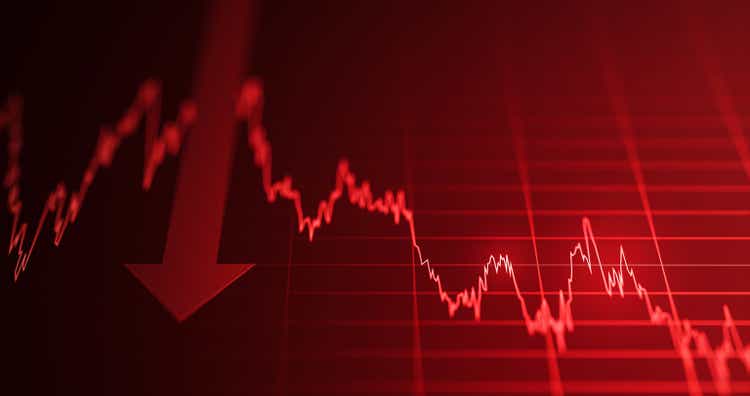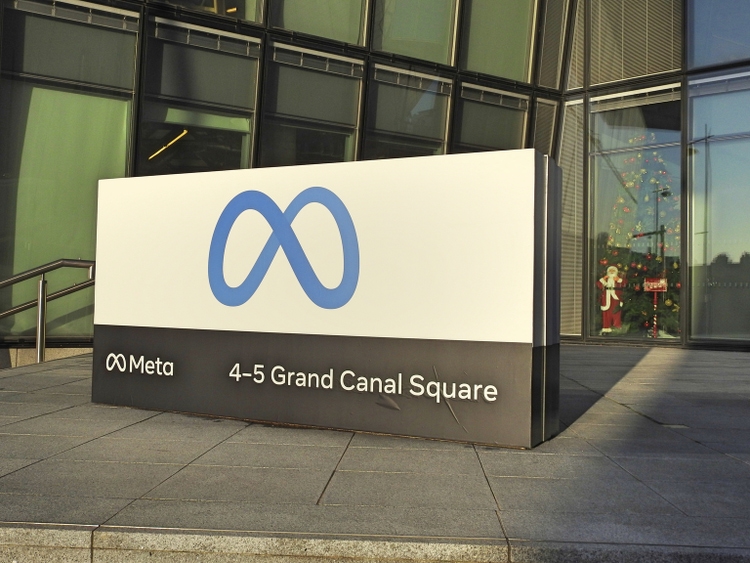Is a big GST relief in the making already? Hours after Prime Minister Narendra Modi announced a major GST relief before Diwali this year, the central government pushed a proposal to the Group of Ministers to cut the indirect tax rates. The government aims to reduce the number of main tax rates to just two, 5 per cent and 18 per cent, sources told Zee Business. Currently, there are five main GST rates: zero per cent, five per cent, 12 per cent, 18 per cent, and 28 per cent.
Also, in the proposed GST rate system, there will be no provision for cess.
In his record 103-minute-long Independence Day speech, PM Modi said promised to bring next-generation goods and services tax (GST) reforms before Diwali this year, hinting at rate rationalisation to now not only lead to rate revisions but also bring down the prices of everyday items, supporting the economy.
The Prime Minister also said that the new GST reforms will ease the tax burden on the country's consumers and small businesses. "Next-generation GST reforms will be unveiled on Diwali, reducing taxes on essential goods and providing relief to MSMEs, local vendors, and consumers," read an official statement.
For goods attracting sin tax, the rate will remain at 40 per cent, with only 5-7 products continuing to be in the sin goods category, such as tobacco, pan masala and cigarettes, said the sources.
Ninety nine per cent of the products currently in the 12 per cent slab will likely be moved to the 5 per cent slab, and 90 per cent of the products in the 28 per cent slab will be shifted to the 18 per cent category, they added.
Taxes on items such as refrigerators, air conditioners and washing machines will be reduced, according to the sources.
The sources also said that there will be no major change in the inverted duty structure, benefiting pockets such as textiles and fertilises.
In the indirect tax regime, inverted duty structure is a situation where the tax rate on inputs -- such as raw materials or components -- is higher than the rate on the finished goods.
Currently, the highest GST revenue comes from the 18 per cent slab. This slab accounts for two-thirds of total collections.
The 28 per cent category contributes 11 per cent to the overall GST revenue, whereas the contributors of the 12 per cent and 5 per cent categories stand at 5 per cent and 7 per cent.
Cess
In the proposed changes to the GST rulebook, there will be no cess levy once states clear their loans, and the removal of cess may take effect from October-November, according to the sources.
GST on insurance
There is a plan to levy no or 5 per cent GST on insurance, instead of the current 18 per cent.
Most services will continue to attract GST at 18 per cent.
GST on online gaming could be increased from 28 per cent to 40 per cent, they noted.
ALSO READ: PM Modi launches Rs 1 lakh crore Viksit Bharat Rozgaar Yojna, aims to create millions of jobs
What is GST Council and what does it do?
The GST Council is the top decision-making body for the GST indirect tax system in the country.
Headed by the Finance Minister, it recommends GST rates and exemptions, frames rules, resolves disputes, and oversees reforms in the indirect tax regime.
The body is a joint forum representing central as well as state/UT governments. Besides the Union Finance Minister, state finance or revenue in-charges are members of the Council, with the CBEC Chairperson being a permanent invitee to its meetings.

 1 hour ago
1
1 hour ago
1














 English (US) ·
English (US) ·